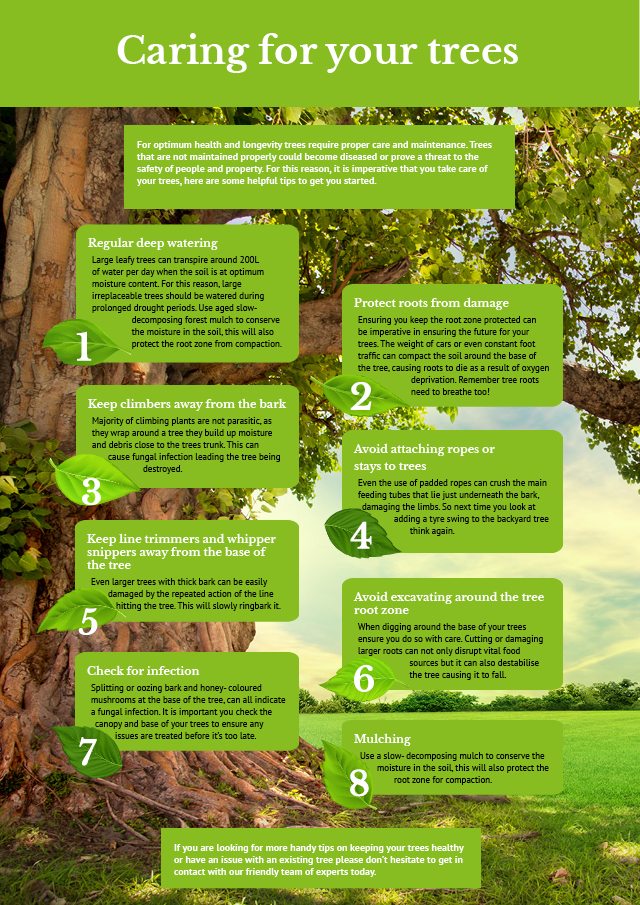Crucial Strategies For Tree Pruning: Growing A Lavish Landscape
Crucial Strategies For Tree Pruning: Growing A Lavish Landscape
Blog Article
Web Content Written By-
When it comes to creating a landscape that grows, understanding the art of tree pruning is a must. Think of being able to form your trees with precision, ensuring their vitality and elegance for many years to come. By discovering the crucial strategies for appropriate cuts, timing, and architectural training, you hold the trick to a growing outside area that will excite all who encounter it. But exactly how do these trimming approaches really affect the wellness of your trees and the total landscape visual?
Correct Trimming Cuts for Tree Health
When it involves maintaining the health of your trees, making proper pruning cuts is essential. Incorrect cuts can bring about disease, insect infestation, and overall tree decrease. To make sure the vitality of your trees, always begin by utilizing sharp, clean tools to make precise cuts.
Begin by determining the branch collar, a swollen location where the branch affixes to the trunk. Reducing simply outside the collar aids promote proper healing and minimizes the danger of infection. Stay clear of leaving stubs as they can invite parasites and conditions right into the tree.
Remember to make cuts at a slight angle, sloping far from the trunk, to stop water from pooling on the injury. Furthermore, remove any type of dead, harmed, or crossing branches to boost air blood circulation and sunlight infiltration.
Timing and Frequency of Pruning
To maintain the wellness and structure of your trees, understanding the ideal timing and regularity of trimming is essential.
The most effective time to trim trees is generally during the dormant period in late winter season or very early springtime. Trimming during this period helps promote new development once the tree starts budding in the spring.
Nevertheless, some trees, like spring-flowering ones, are best trimmed right after they complete flowering to avoid removing next year's flower buds.
Regular pruning is necessary, however the regularity depends upon the tree species and its development rate. For most trees, an annual inspection to get rid of dead, unhealthy, or crossing branches is advised. Young trees may need even more regular pruning to establish a strong structure, while fully grown trees might only require upkeep pruning every few years.
Stay Get More Information of trimming during the loss when illness are a lot more conveniently spread out, and avoid heavy trimming during the summer when the tree is actively growing.
Training Young Trees for Structure
For developing solid and healthy trees, training young trees for ideal structure is vital. By forming a tree when it's young, you established the foundation for a sturdy and visually appealing fully grown tree.
Begin by recognizing the main leader, which is the main upward-growing branch. Motivate https://dotreerootsdieafterstumpg38382.newbigblog.com/37265452/improve-your-landscape-the-advantages-of-consistent-tree-trimming by pruning away completing leaders, assisting the tree create a strong main trunk. Additionally, eliminate any type of branches that grow inward or downward, as they can cause structural problems as the tree expands.
It is essential to space out lateral branches equally around the trunk to promote well balanced growth. As the tree develops, remain to monitor its growth and prune as needed to keep its shape and framework.
Effectively trained young trees are less most likely to establish weak crotches or jammed branches, decreasing the threat of damages throughout storms. Investing time in training young trees will repay with a beautifully structured and resilient tree in the future.
Final thought
Now that you have understood the crucial strategies of tree pruning, your landscape gets on its way to flourishing. By utilizing sharp tools, making accurate cuts, and appropriately timing your trimming sessions, you are guaranteeing the wellness and durability of your trees. Remember to routinely examine and preserve your trees to maintain them thriving. With your newfound knowledge, your landscape will continue to expand magnificently for many years ahead. Maintain the magnum opus!
